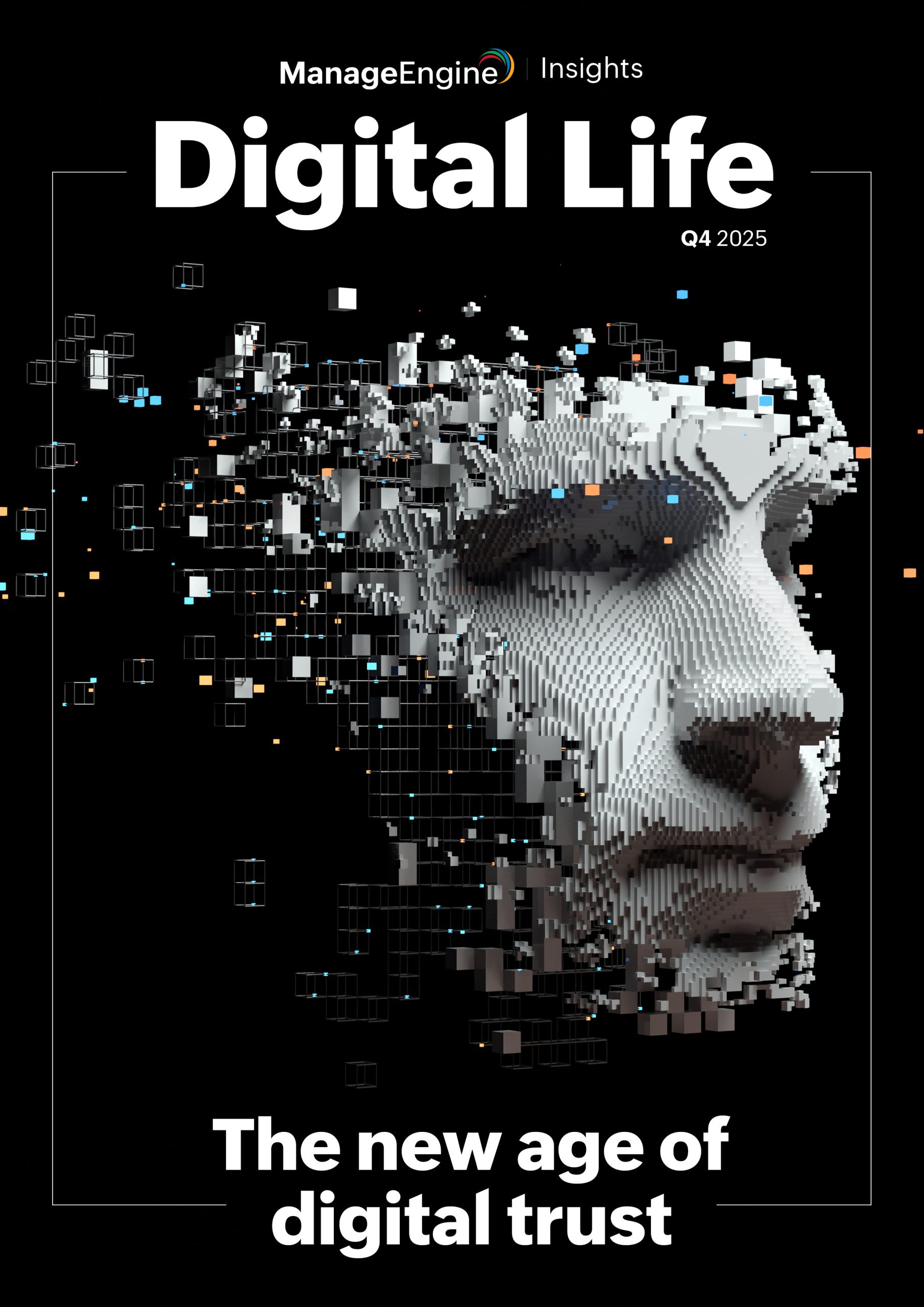Over the last two years, there has been a rapid shift in the IT operations landscape. As workforces migrated to remote work, IT personnel teams made a series of adjustments in order to keep their enterprises running smoothly.
In order to better understand how IT service delivery and support capabilities have changed, ManageEngine conducted a global IT service management survey in late 2021. This survey, The State of ITSM: Two Years into the Pandemic, was taken by 437 IT professionals, the majority of which were from the United States, India, Australia, Canada, South Africa, and the United Kingdom.
The survey focuses on several important facets of IT service management: work locations, the impact of remote work, asset management implications, the perceived impact of IT personnel, third-party services, technology assistance, and business continuity success levels.
After looking at the survey results, it became clear which priorities are particularly important for IT personnel in this new era of hybrid work.
1. Asset management needs to remain a focus
While offering IT support during the pandemic, organizations of all sizes faced a bevy of challenges. According to the survey responses, IT professionals’ top challenge was “managing IT assets, ” followed by “communication and collaboration,” and “user training and knowledge management.”
Although “managing IT assets” was listed as IT professionals’ top challenge, 47% of respondents have been able to successfully change their IT procurement policies to support hybrid workers.
Prior to the pandemic, 29% of organizations provided their employees with mobile-capable assets (e.g., laptops, mobile devices, tablets); by 2022, that percentage rose to 76%. Nearly all companies adjusted their procurement policies. In fact, only 16% reported that they didn’t change their procurement policies from those used to procure desktops and on-premises devices.
Given that hybrid work is here for the foreseeable future (per the survey, 59% of the workforce are engaged in hybrid work), asset management absolutely needs to remain a focus.
2. Specific bring-your-own-device policies should be in place
In 2020, more than half of the surveyed organizations did not have a bring-your-own-device (BYOD) policy in place. Quite shockingly, two years have passed, and 39% of organizations still do not have BYOD policies in place.
Everything else being equal, companies that did have BYOD policies in place fared better than those that did not. Roughly 80% of the organizations with BYOD polices in place reported that their networks held up well over the past two years.
3. Chatbots are helpful—especially for larger organizations
For larger businesses—those with 5,000 employees or more—chatbots were a particularly effective way to provide IT service and support. Larger enterprises had the highest level of usage, as well as the lowest amount of negative feedback. However, this was not necessarily the case with smaller organizations.
Although 39% of companies rely on chatbots overall, only two-thirds (69%) of these companies said these tools helped with remote support during the pandemic. Again, the businesses who seemed to benefit the most were generally larger in size. It could be the case that larger, well-capitalized organizations have been using chatbots for a longer time; perhaps these companies have worked out the kinks, so to speak.
4. For most businesses, user experience can be improved
Thirty-four percent of organizations still do not offer users self-help capabilities.
Much like the chatbot findings, the largest surveyed organizations (5,000+ employees) experienced the highest level of self-service use and success.
Quite strangely, the organizations with the most remote workers also had the highest levels of self-service use; however, these organizations also were far more likely to say that their self-help tools were less effective than anticipated.
Thus, perhaps, these organizations’ self-help tools need modifications. Across the board, it is safe to say that organizations should implement—and in some cases, modify—IT service management self-help capabilities.
The fact remains: IT teams are valued highly across the board
In an attempt to discover how other departments view IT personnel after the pandemic, respondents were asked: “Do you think IT teams have been taken more seriously in terms of budgets, salaries, and recognition of effort?” To which 52% of respondents said that IT departments are, in fact, now viewed more highly as a result of the pandemic.
As a quick caveat, another 14% of respondents asserted that IT personnel have always been considered highly.
For the most part, IT personnel have successfully adapted to the new hybrid landscape. Nevertheless, by continuing to focus on asset management, BYOD policies, and the efficacy of chatbots and other self-help capabilities, IT personnel can ensure that they continue to be valued so highly in the future.











